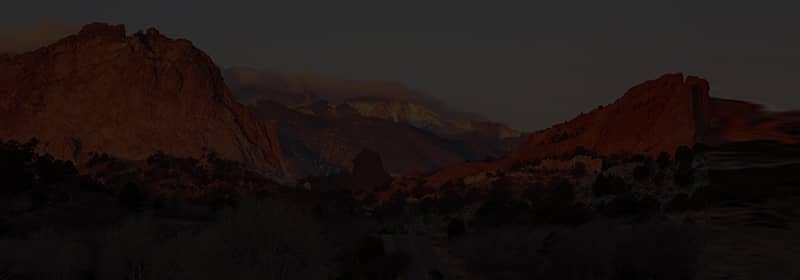Mapp v. Ohio: a little known case that had a big impact
Just as you have to follow the law, so too do law enforcement agencies. This includes not only following state and federal laws but avoiding actions that could violate a person’s constitutional rights as well.
One such constitutional right that just about everyone here in Colorado knows is their Fourth Amendment right that protects them against unlawful search and seizure. Most people know that police have to produce a warrant in order to search and seize property from a person. Failure to produce this legal document means that any evidence collected during the search cannot be used at trial. This goes for the state and federal courts.
But did you know that prior to a 1961 U.S. Supreme Court decision this was not entirely the case? Criminal law used to require only federal courts to suppress evidence that had been obtained illegally. Things changed though after the 6-3 decision in Mapp v. Ohio.
In the case, police are said to have gained entry into a woman’s home after holding up a piece of paper that could not be confirmed to be a warrant. The search, which did not uncover what police had gone to the residence to find, did result in criminal charges against the woman. Although her case initially caught the attention of the U.S. Supreme Court on the basis of First Amendment freedoms, its decision ultimately focused on the Fourth Amendment and its protections.
Although this may be the first time many of our Colorado readers are hearing about this case, it has always been and will continue to be a legal cornerstone in many criminal defense cases. That’s because it’s one of many cases that have established clear guidelines for proper conduct during investigations and holds police departments accountable for violating a person’s constitutional rights.
For those who may be interested to learn, Dollree Mapp, the woman’s whose residence was the subject of the unlawful search, died on October 31, 2014. She was believed to have been 90 or 91.
